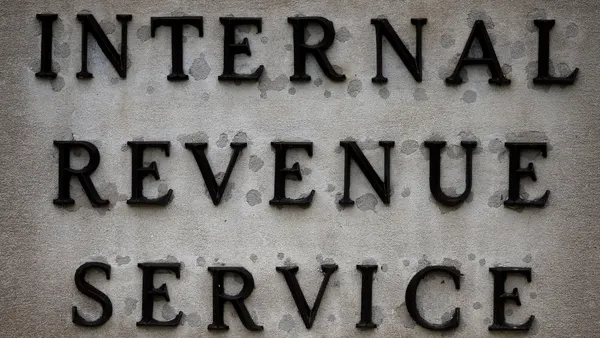When it comes to communicating with clients and others within the company, financial companies have no doubt faced an enormous amount of bureaucracy and a large amount of money.
Wall Street firms have been required for decades to closely monitor and save their employees’ business communications, a task that’s been complicated in recent years by the proliferation of mobile technology and messaging apps. The system was strained all-the-more as firms sent workers home at the start of the Covid-19 pandemic, making it harder to see who might be using an unmonitored device.
More specifically, purchasing and tracking physical cell phones brings a number of new operational challenges and could be an administrative nightmare for both the company and the employee. For instance, employees may find it cumbersome to remember to make calls through their work number or applications, given the number of devices available. Plus, the cost of phones and phone lines comes with a steep price tag.
Given the current reality with the hybrid workforce, employees may be communicating with others outside of the office and may end up using apps like WhatsApp or WeChat. Doing so can increase the risk of messaging from someone’s personal device, making it harder for corporations to stay compliant.
Not remaining compliant comes with a steep price tag. Back in October 2021, the U.S. Securities and Exchange Commission (SEC) opened an inquiry into how banks are keeping track of digital communications within their employees.
A few major Wall Street financial institutions were found to have failed to track employee communications — the SEC found that a few employees were found to have discussed company business via personal email accounts and text messages from their personal devices — and subsequently fined more than $225 million total.
As companies continue to face challenges in mobile communications — from both an administrative and budget perspective — better solutions are sorely needed. Remaining compliant and being more efficient about the corporate budget requires technology that enables employees to seamlessly communicate through business-appropriate methods and manage devices efficiently.
Creating a seamless communications experience
Technology can plan an integral role for provisioning reporting and compliance. Instead of administratively managing physical devices, companies can instead manage phone numbers or communications in a centralized portal. Meaning, companies can port business phone numbers to any device, and assign it to employees with the push of a button.
There are a myriad of benefits if your company can reduce the number of phones it’s required to purchase. Instead, for instance, having your corporation purchase 1,000 phones every 12 to 24 months to use a separate business line, you can now keep your separate business number but with the ability to use your own device.
Consider being able to use a business communications app specifically for companies to call prospects, email fellow employees and access voicemail, even from a personal device. Not only can it reduce your corporation’s expenditures, but offers you a better way to remain in compliance.
For now, many apps exist on the market that offer a secondary number so employees can use the same phones for both personal and professional matters. However, it’s not the optimal solution since these apps may not help your organization remain compliant. It’s far better to find a solution that offers increased privacy and accurate record keeping.
More specifically, offering a communications solution, one that provides intelligent, real-time redaction of sensitive information, as well as call-and-message recording would provide a more effective way for companies to ensure they’re complying with regulations. Companies are better off finding solutions to automatically log business communications so they can readily show an archive or audit a specific deal if regulators come knocking on their door.
Even better, companies can look towards solutions to automate more manual tasks, especially ones in regards to generating leads or sales. Ideally, apps that can sync up logs of calls made with leading CRMs like Salesforce and leading MDM tools like Microsoft Intune would help employees save time from having to manually log interactions and focus instead on building their pipeline and closing the sale.
At T-Mobile, our core competency is connectivity, which is why we’re committed to helping provide these types of solutions. Our ultimate goal is to help organizations fuel true digital transformation by bridging the gap between their goals to support their consumers while remaining compliant.










